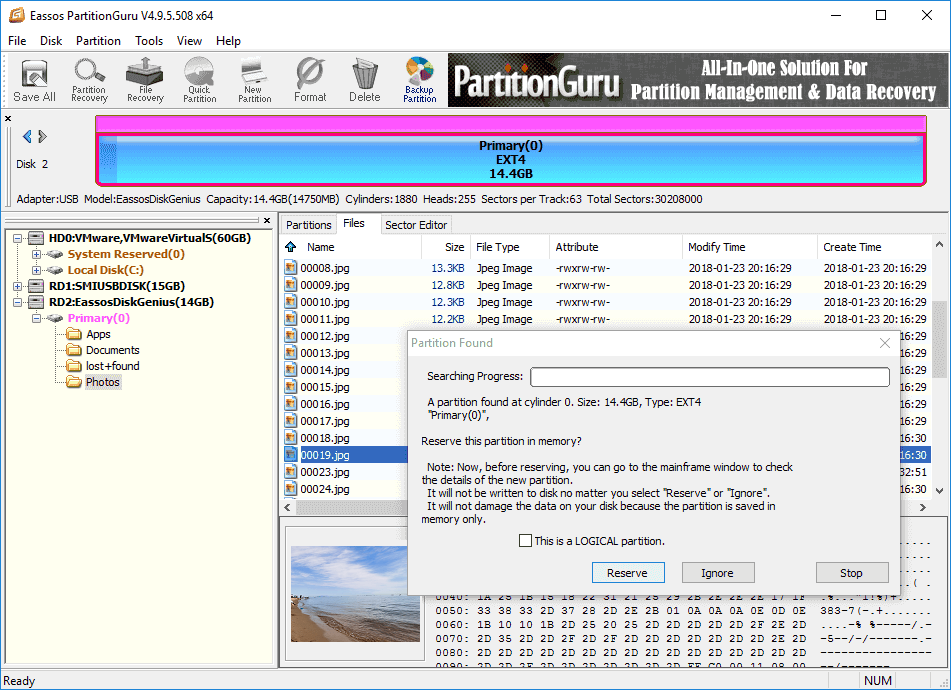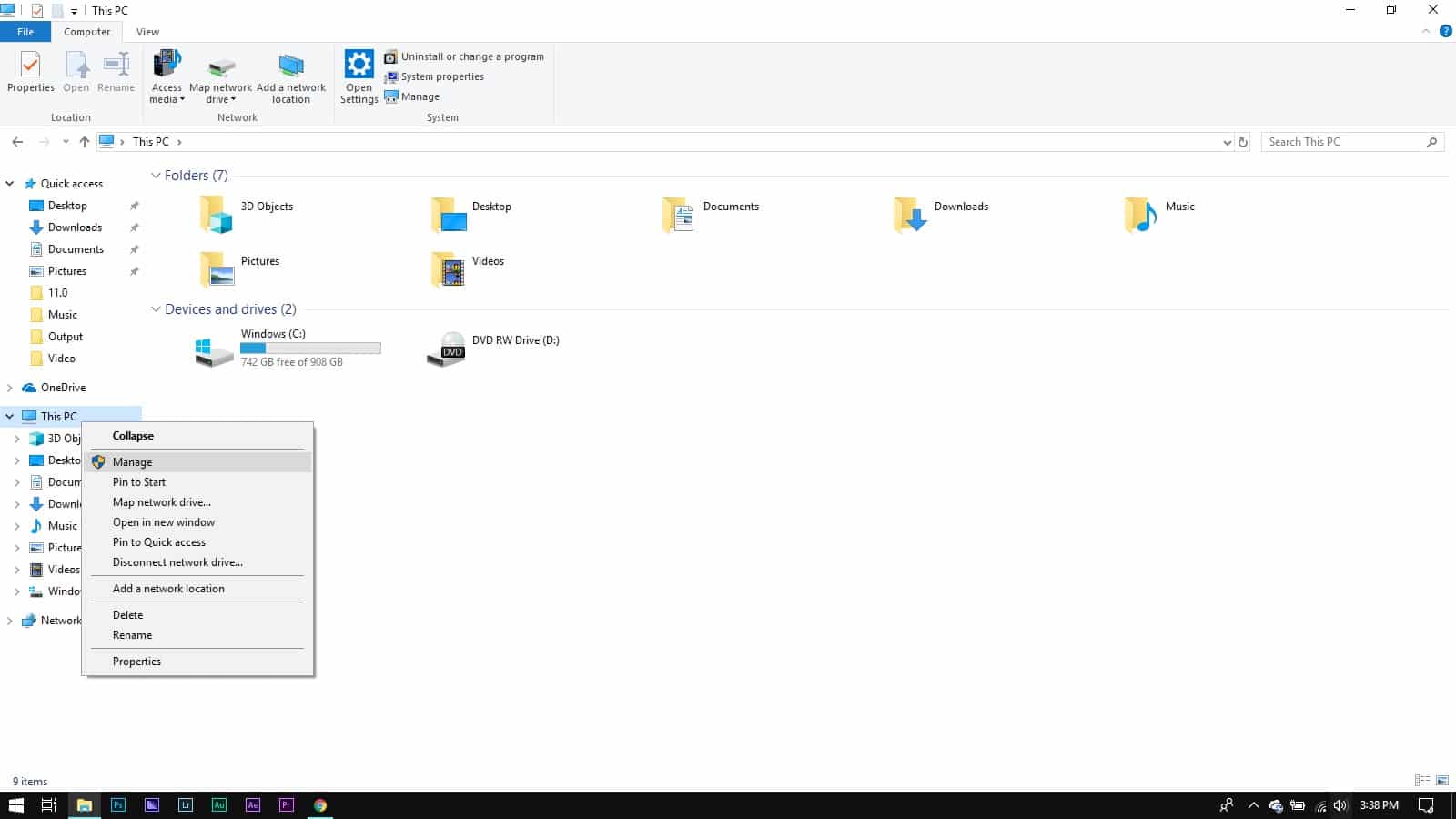

#How to partition usb drive windows 10 free
Some are free and open source, while others are not. If you run lsblk again (you may have to unplug the drive and plug it back in), you'll see that your drive now has one partition on it. # parted /dev/sdx -a opt mkpart primary 2048s 4G Warning: The resulting partition is not properly aligned for best performance: 1s % 2048s != 0s # parted /dev/sdx -a opt mkpart primary 0 4G If your start and end choices are not optimal, parted warns you and asks if you want to make adjustments. Since the -align opt flag is used, parted will adjust the size as needed to optimize drive performance, but these numbers serve as a guideline. The desired start and end points of the partition are defined last. This example uses the msdos label because it's a very compatible and popular label, although gpt is becoming more common. The mklabel command creates a partition table (called a disk label) on the device. The -align option lets parted find the partition's optimal starting and stopping point. This command specifies the device path first, as required by parted.

The combinations are nearly endless.Īssuming your drive is 4GB, you can create one big partition from a terminal with the GNU parted command: # parted /dev/sdx -align opt mklabel msdos 0 4G

For instance, if you have a 4GB thumb drive, you can have a partition on that device taking up the entire drive (4GB), two partitions that each take 2GB (or 1 and 3, if you prefer), three of some variation of sizes, and so on.
Free online course: RHEL Technical OverviewĪ partition on a hard drive is a sort of boundary on the device telling each filesystem what space it can occupy. If it auto-mounts, then unmount it manually. Once you have definitely, correctly identified a drive, and you have absolutely verified there is nothing important on it, plug it into your computer-but do not mount it. It is possible to utilize a drive without a filesystem. Otherwise, do not attempt this exercise, because it will DEFINITELY ERASE DATA, by design. If you have a spare drive that has no important data on it whatsoever, you can follow along with this example. If you're not sure what a filesystem is, it's probably easier to understand the concept by learning what happens when you have no filesystem at all. But if your goal is to create a usable drive, you must give the drive a filesystem. If all you need is the device label, your work is done. In other words, you can monitor the kernel's awareness of your drive. If you plug it in again and run the command, the device will be there. If you unplug it and run that command again, you'll see the device has been removed. The most recent drive listed is the one you just plugged in. For instance, if you want to make sure a thumb drive is really /dev/sdc, plug the drive into your computer and run this dmesg command: $ sudo dmesg | tail If in doubt, you can test device label assignments by looking at the tail end of the dmesg command, which displays recent system log entries including kernel events (such as attaching and detaching a drive). The lsblk command is nondestructive and used only for probing, so you can run it without any fear of ruining data on a drive. If you're not sure what a partition is, that's OK-just keep reading. For example, the second partition of the first drive is sda2. Each partition of each drive is assigned a number, starting with 1. The device identifiers are listed in the left column, each beginning with sd, and ending with a letter, starting with a.







 0 kommentar(er)
0 kommentar(er)
